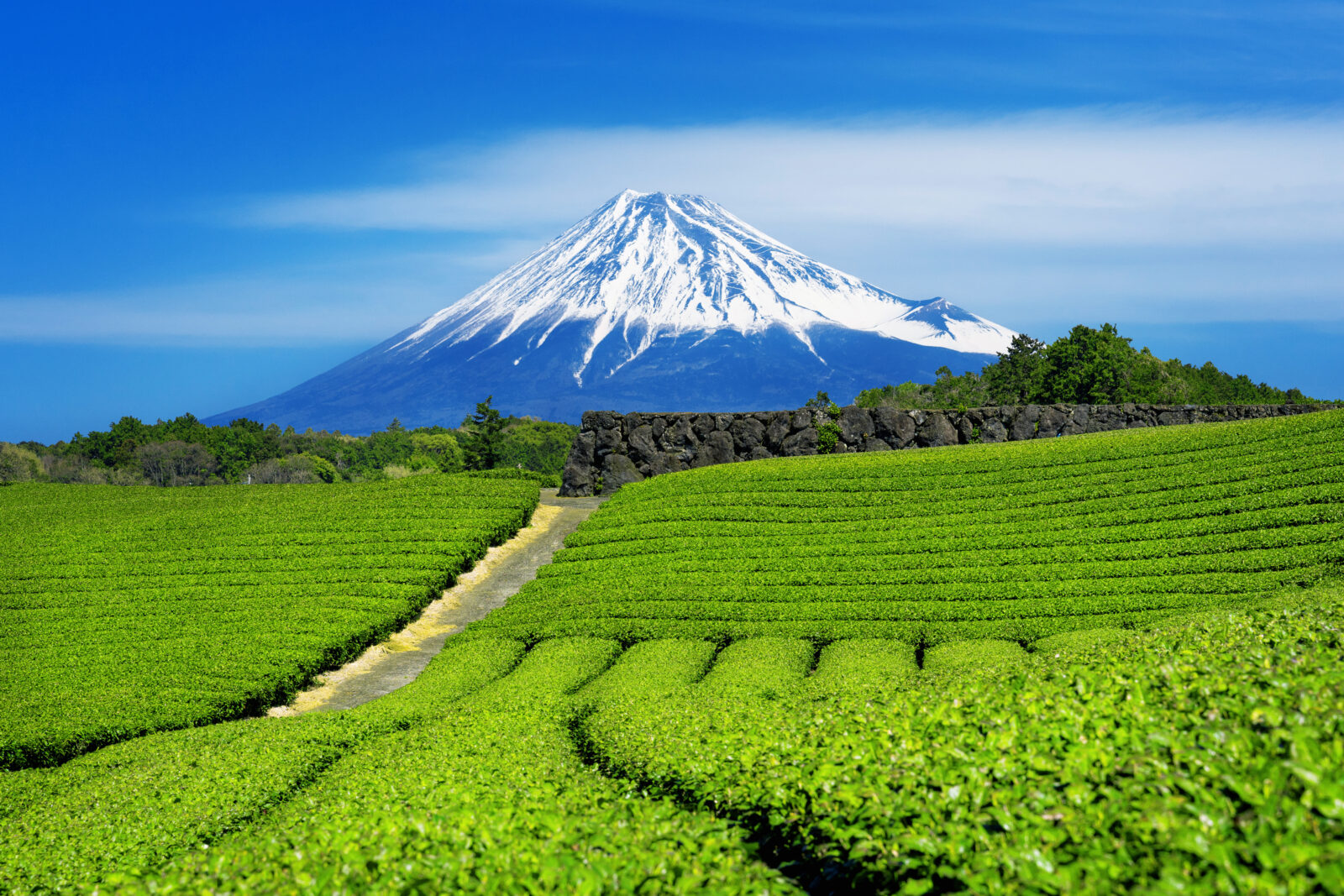Vivid Emerald Matcha a Gift to the World from the Land of the Rising Sun
With roots stretching back to the 8th century, tea’s role in Japanese culture is deep, widespread and unique. People across the island nation begin every day with cups of green tea, finish meals with the beverage, and punctuate their waking hours with the 20 different kinds of tea — not all of them green — widely available in Japan.
Outside of Japan, most people’s familiarity of Japanese tea doesn’t stretch far beyond one style: the brilliant green powdered tea called matcha. While matcha is not the most heavily consumed tea in the island nation — that distinction goes to sencha, a whole-leaf green tea — matcha is iconic worldwide. Coffeeshops make green lattes from matcha. Bakers use it to flavor and color cupcakes and cookies. Chefs incorporate matcha into fish and even barbecue dishes. It’s culinary versatility is profound.
The matcha smoothies, energy bars and ice creams represent contemporary uses of the tea. But matcha is not a newcomer — it’s been around for centuries.
Japanese Tea History and Matcha
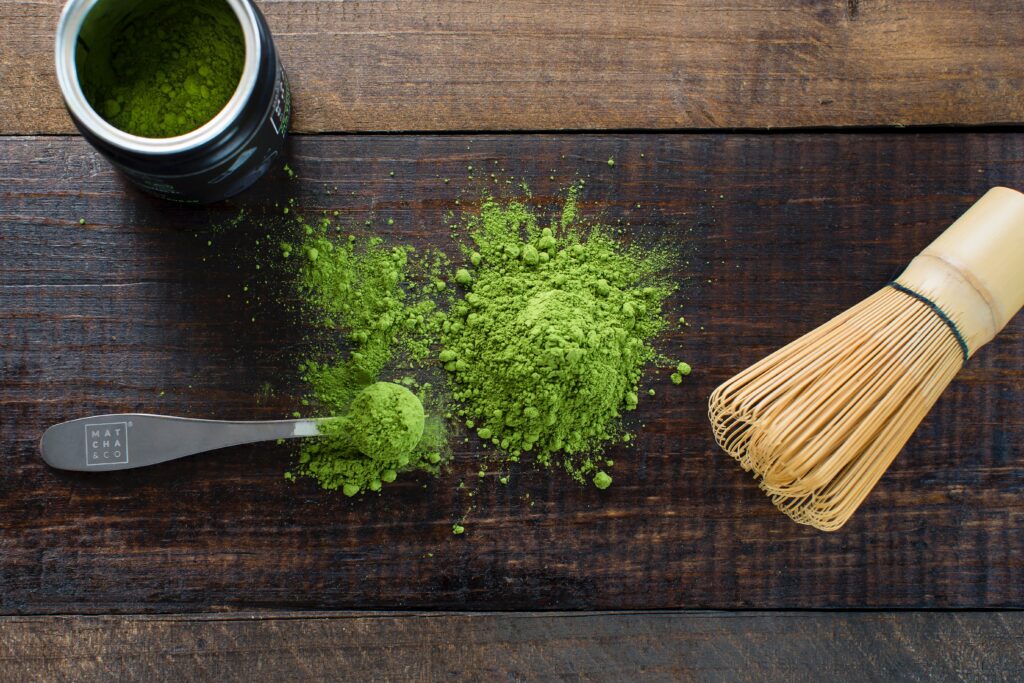
The history of tea in Japan dates back 1200 years ago, when Saicho, Kukai and Eichua, a trio of prominent Chinese Buddhist monks attached to a diplomatic mission, brought tea leaves and seeds with them to Japan. The Japanese royalty that tried the mysterious beverage savored it, and planted those seeds.
Fast-forward a century, and Emperor Saga, the 52nd Emperor of Japan, became a prominent booster, encouraging tea’s cultivation and establishing the foundation for what eventually became one of the most tea-enthusiastic countries in the world. With Saga’s support, farmers across the country began planting tea plants.
From the beginning, the tea was powdered, although it wasn’t the same thing as today’s matcha. For centuries, people would steam tea leaves, compress them into bricks, and then pulverize pieces of the bricks and brew them. And that’s how early tea drinkers in Japan consumed their brews.
In the 12th century a Japanese Buddhist priest named Myouan Eisai, responsible for bringing the Rinzai school of Zen Buddhism to Japan from China, also introduced Japan to what was called “tencha.” For tencha, people whisked powdered green tea in hot water — the forerunner of today’s matcha.
One key step in the development of matcha, which happened in the 15th or 16th century: shading tea fields with canopies a month prior to harvest. The shade mellowed tea’s natural bitterness, rounded the flavor’s edges with hints of sweetness, boosted caffeine and helped preserve the tea’s vivid emerald color.
Matcha Tea Ceremony
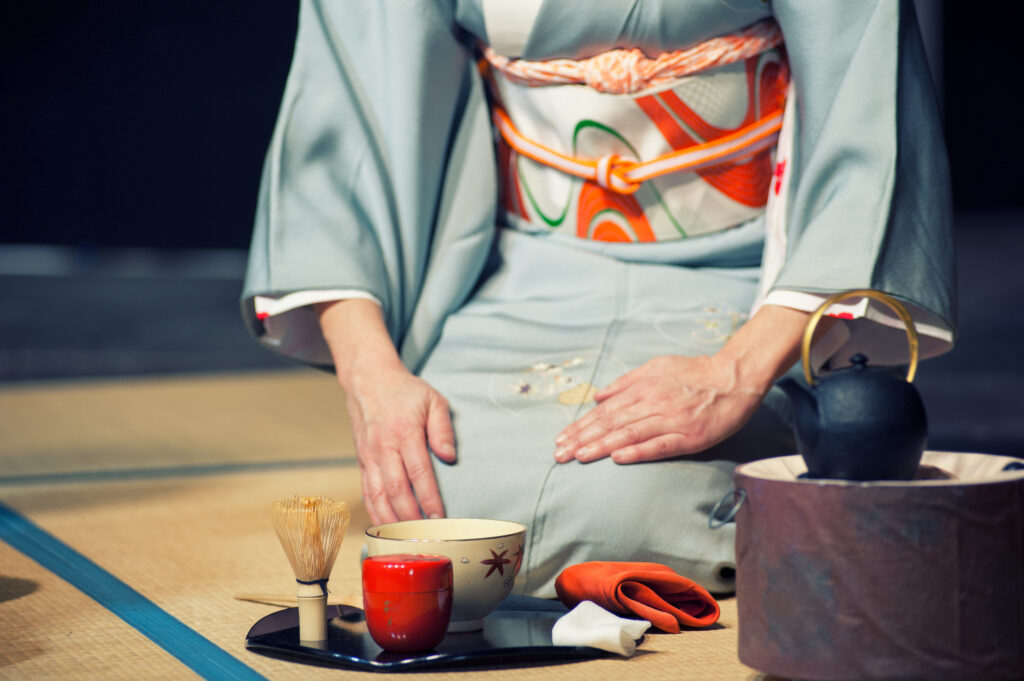
Over centuries, the preparation of matcha developed into today’s elaborate and highly choreographed Japanese tea ceremony, a potentially four-hour event involving a meal, two servings of tea and sweets to balance the bitter tea. The ceremony (called sadō or chadō, or “the way of tea”) is meant to guide a spiritual process that removes participants from the mundane world’s chaos and cacophony and delivers them to a place of harmony and equilibrium.
For the ceremony, guests sit on a tatami floor while the host prepares the tea in front of them. Equipment includes the tea whisk (chasen), container for the matcha (natsume), tea scoop (chashaku), tea bowl, a plate for sweets and the tea kettle and source of heat.
The quiet spectacle of movement, flavor, design, aroma does not revolve around drinking the tea. Instead, it represents an engagement with aesthetics, and is rooted in wabi-sabi, a distinctly Japanese view steeped in acceptance of transience and imperfection. Hallmarks of wabi-sabi principles include austerity, roughness, asymmetry, simplicity, modesty, economy, intimacy and reverance for nature.
One matcha advantage: nutrition and health. Most tea is brewed from whole leaves, which are discarded. But matcha sippers consume the entire leaf, in powdered form. The whole plant delivers more antioxidants, minerals and vitamins.
Whether you are interested in experimenting with Japanese tea ceremonial practices, or just eager for some matcha, we’ve got you covered with all that you need, from tea to tools.
Japanese Tea: Premium Matcha
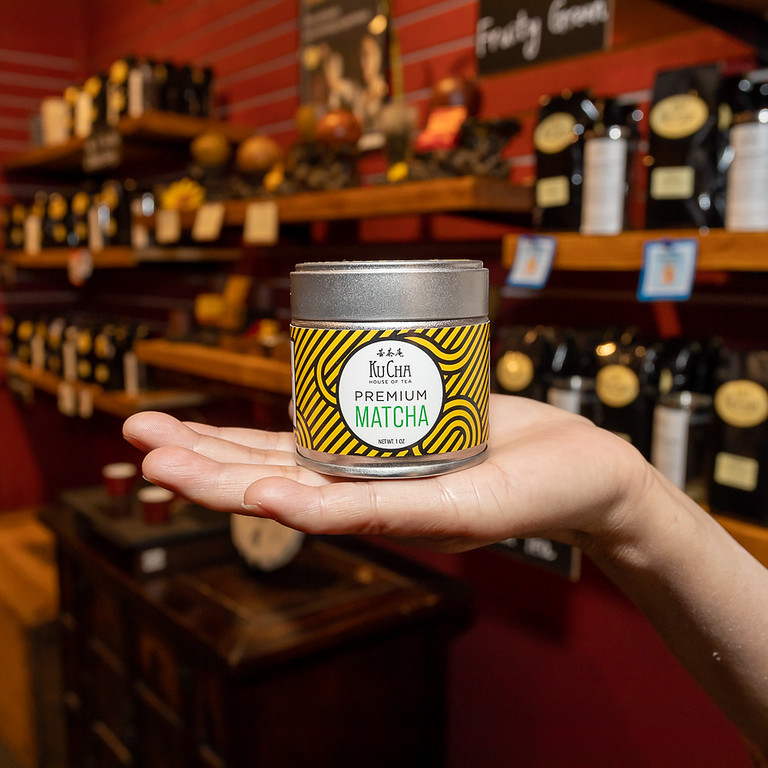
Our premium matcha, from Shizuoka, Japan, offers a vibrant green color, delicate sweet taste and fine texture. This premium matcha is of superb quality: perfect for Japanese tea ceremonies, and wonderful as a morning and afternoon tonic. We source our premium matcha from the esteemed Shizuoka, Japan Prefecture.
Japanese Tea: Ku Cha Matcha
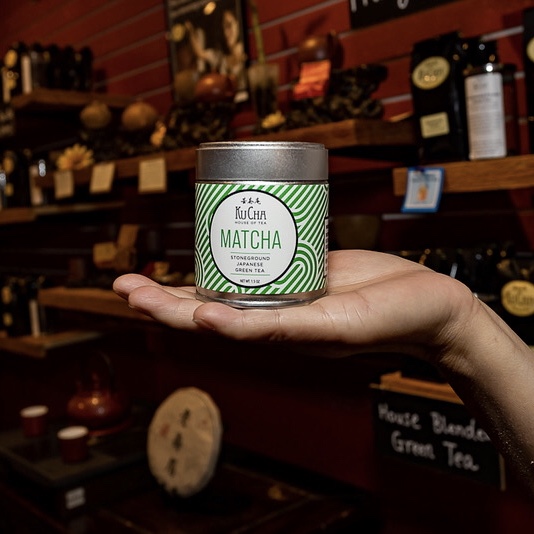
This excellent matcha is not designed for ceremonies. Instead, it’s a wonderful everyday beverage, perfect for quick jolts of flavor and caffeine and widely used in everything from smoothies to scones to sauces for noodles, seafood, meats and more.

